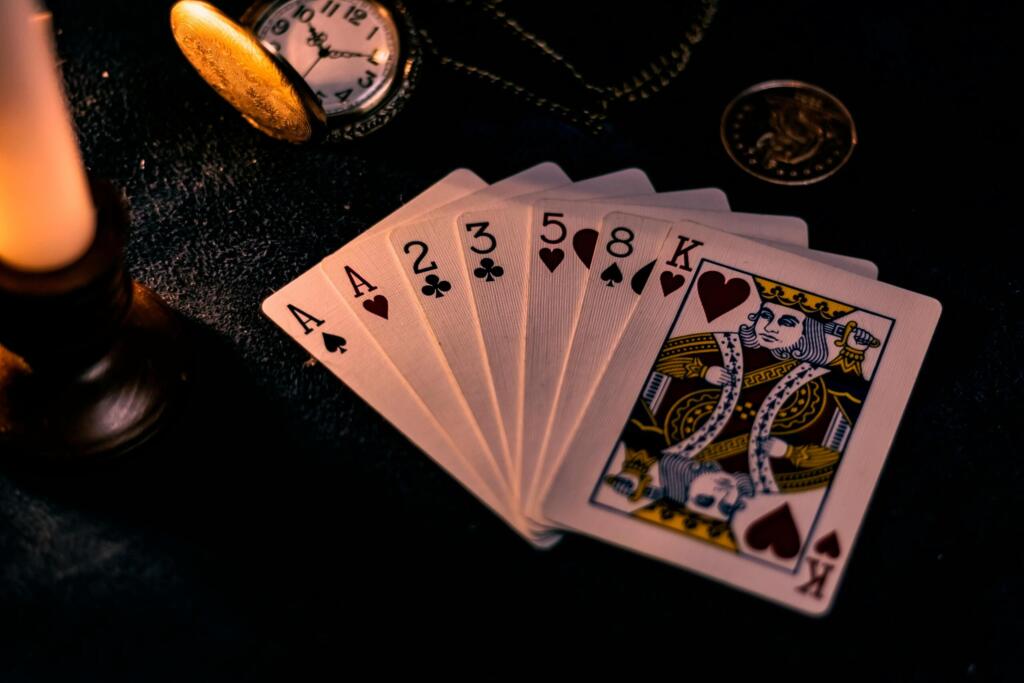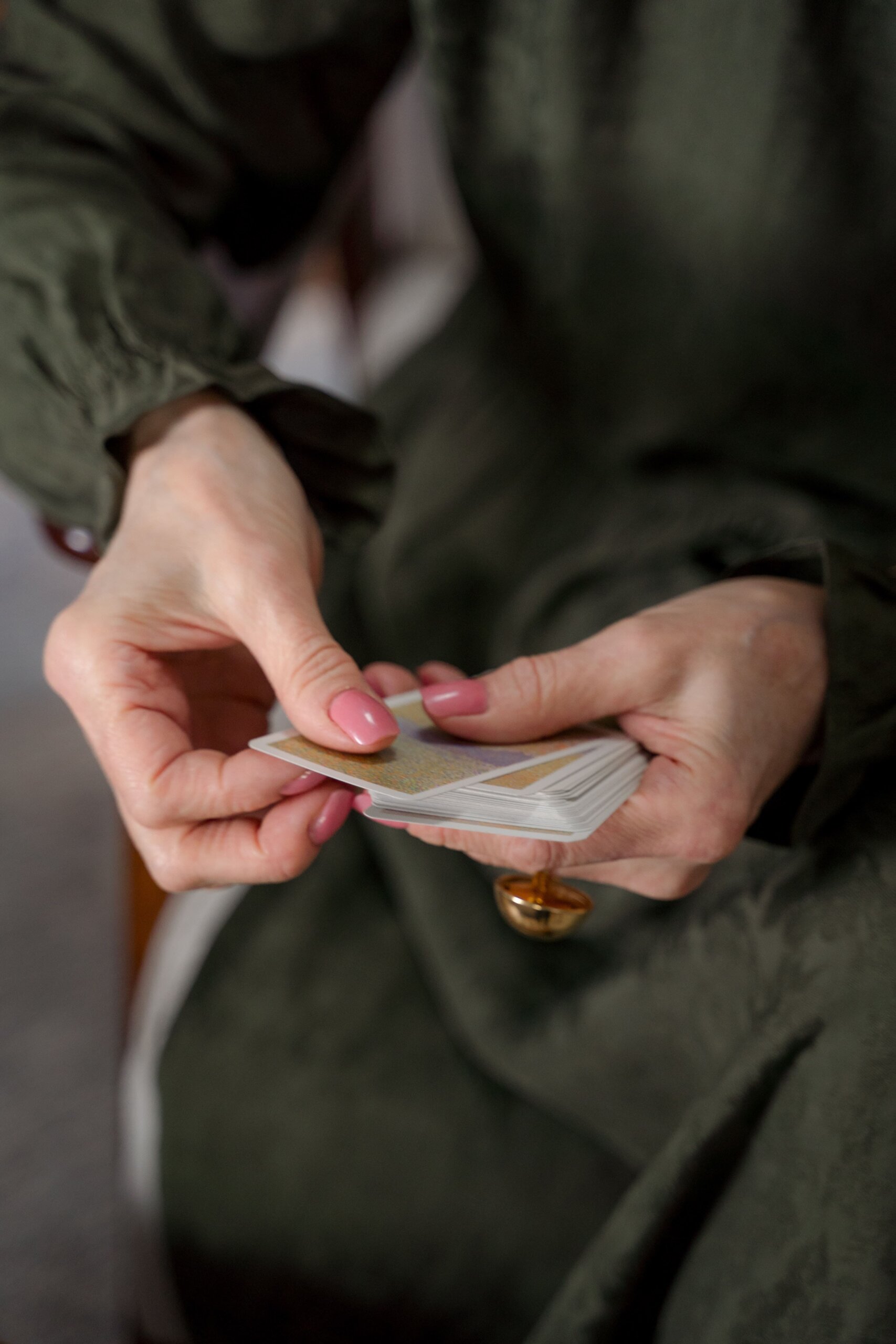
Understanding Gameplay in Snap
The game starts with the first player flipping over the top card from their stack and placing it face-up in the center to create the pile. Players take turns in a clockwise direction, flipping their top card onto the pile. To trigger a snap, players need to watch for two consecutive cards of the same rank and be the first to call “Snap!” when they see a match. When a player calls “Snap!”, everyone must quickly place their hand on top of the pile.
The player who places their hand on top first collects all the cards in the pile and adds them to the bottom of their own stack. The game continues with the player who won the pile starting the next round by placing a card face-up in the center, and players take turns flipping cards.
However, be cautious not to mistakenly call “Snap!” when the cards do not match. If a false snap occurs, the player who made the mistake must give one card from their own stack to each player involved in the false snap. The objective of Snap is to collect all the cards from the other players.
Dealing the Cards
In Snap, the card dealing process is an important step to get ready for the game. To begin, gather a standard deck of 52 playing cards, ensuring that it includes the four suits: hearts, diamonds, clubs, and spades. Remove any jokers from the deck, as they are not used in the game. Next, determine the number of players who will be participating in the game. Snap can be played with two or more players, so make sure to have enough players to create an enjoyable experience.
Before dealing the cards, shuffle the deck thoroughly to mix the cards well. This ensures a fair distribution of cards among the players. You can use techniques like riffle shuffling or overhand shuffling to achieve a good mix of the cards. Once the deck is properly shuffled, proceed to deal the cards.
Start by distributing the entire deck evenly among all the players. It’s important that each player receives the same number of cards to maintain fairness throughout the game. If there are any leftover cards after dividing them equally, set them aside, as they will not be used in the game.
Instruct each player to arrange their cards in a face-down stack without looking at the individual cards. This stack will be used for gameplay. Remind the players to keep their cards hidden from the other players to maintain an element of surprise during the game.
With the cards properly dealt and organized, you are now ready to start playing Snap. Remember to have fun and embrace the fast-paced excitement of the game as you flip and match cards in your quest to be the first player to collect them all.
Snap! Calling Out the Matches
In the game of Snap, calling out the matches is a crucial aspect that adds excitement and competition to the gameplay. To handle calling out matches effectively, there are several key points to keep in mind. First and foremost, it is essential to pay close attention to the cards that are being flipped one by one. Maintaining focus and carefully observing the cards on the table is vital in identifying consecutive cards of the same rank, whether they are numbers or faces.
Once you spot two consecutive cards with the same rank, it’s your opportunity to react swiftly and call out “Snap!” This alert notifies the other players that a matching pair has been found and initiates the snapping action. When calling out “Snap!”, ensure that your voice is vocal and clear so that all players can hear it. This helps maintain a fair playing field and minimizes any potential confusion among participants.
After calling out “Snap!”, act promptly by placing your hand on top of the pile of cards in the center. The objective is to be the first player to touch the pile, as this grants you the privilege of collecting all the cards in the pile and adding them to the bottom of your own stack. Accumulating cards increases your chances of winning the game.
It’s important to note that false snaps can occur when a player mistakenly calls “Snap!” without an actual matching pair. In such cases, there is typically a penalty involved. The penalty often requires the player who made the false snap to give one card from their own stack to each player involved in the false call. This penalty encourages attentiveness and accurate judgment when calling out matches.
Collecting the Pile
In the game of Snap, collecting the pile is an exciting moment that follows a successful snap. When you call out “Snap!” and are the first to place your hand on top of the pile, you have won the snap and are entitled to collect all the cards in the pile. This is a rewarding moment that adds to the competitive nature of the game. As you collect the pile, gather all the cards and add them to the bottom of your own stack. This action increases the number of cards in your possession, giving you a strategic advantage as you aim to be the first player to collect all of the cards and win the game.
While collecting the pile, it is important to maintain the order of the cards. Keep them in the same sequence they were in the pile to avoid confusion during gameplay. This ensures a smooth progression of the game as players continue to flip cards and search for matching pairs. After collecting the pile, it is your turn to start the next round.
Take a card from your own stack and place it face-up in the center, signaling the continuation of the game. This keeps the gameplay dynamic and allows for each player to have a chance to initiate the next round. The process of calling out matches, snapping, and collecting the pile continues as the game progresses. Players take turns flipping cards and strive to be the first to claim the pile when a match occurs. The accumulation of cards through successful snaps increases your chances of winning the game and becoming the Snap champion.
Dealing with Ties in Snap
In the game of Snap, ties can occur when multiple players call “Snap!” simultaneously or when their hands land on the pile at the same time. When a tie happens, it’s crucial to assess the situation and determine the rightful winner of the tie. This can be done by carefully observing the position of each player’s hand and identifying the player whose hand was on top of the pile first.
Once the winner of the tie has been identified, they are declared the rightful winner and are entitled to collect the entire pile of cards. Their quick reflexes and precise timing have paid off, granting them the opportunity to expand their stack of cards.
However, in some variations of Snap, ties can be so close that it becomes impossible to determine the true winner. In such cases, a penalty may be imposed to resolve the tie. This typically involves each player involved in the tie giving one card from their stack to the middle of the table, creating a new pile. The players then continue playing as usual, with the tie being effectively resolved through the penalty.


